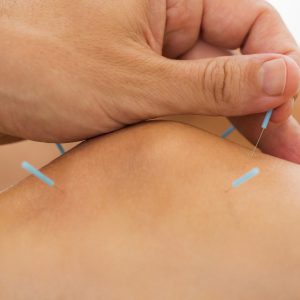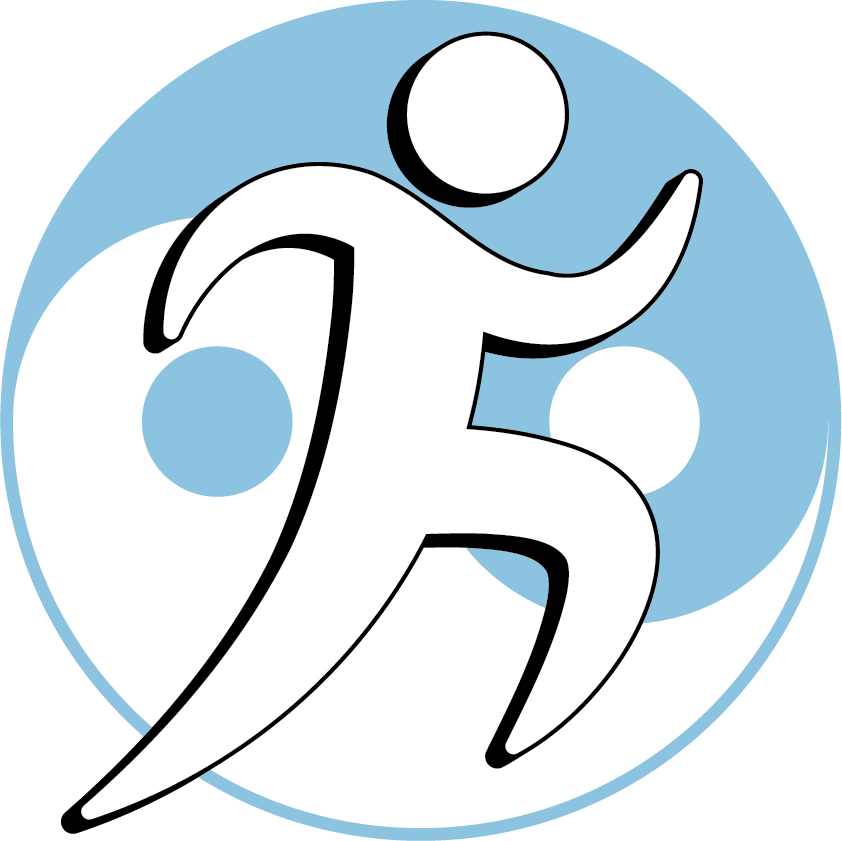Neuro-anatomical Acupuncture
The term "neuro-anatomical acupuncture" is often used to refer using the contemporary science of tissue structures and functions, and their distinctive responses to needling, when choosing acupuncture locations and techniques. Properly translated and understood, all acupuncture is neuroanatomically-based.
More than just needling “ahshi” tender points, neuro-anatomical acupuncture makes use of:
- Longitudinal and segmental innervation of tissues: dermatomes, myotomes, sclerotomes, and the paraspinal chain of sympathetic ganglia.
- Functional organization of myofascial tissues into kinematic chains and movement systems, also described by the jing-jin (“sinew meridians” or myofascial tracts) of ancient Chinese medicine.
- Characteristic responses of different tissue types to different needling techniques: myofascial trigger point, joint and ligament needling, and more.
- Electro-acupuncture using milli- and micro-amp current to reduce pain and promote tissue regeneration and homeostasis (yin-yang balance).
- Precise targeting and stimulation of tissue lesions with ancient and modern acupuncture techniques.

